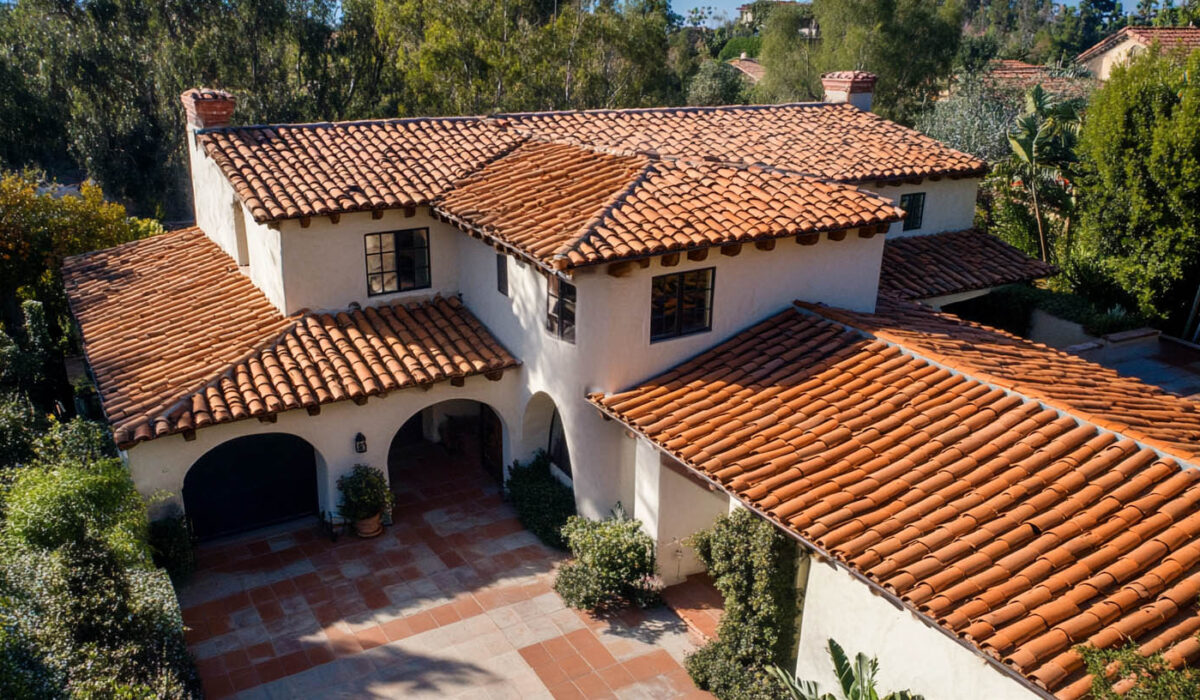Tile roofing is one of the most time-tested and reliable roofing systems on the market. Yet despite its long-standing reputation, many homeowners still hesitate to choose tile roofs due to misconceptions that have persisted over the years. It’s time to separate fact from fiction and debunk the most common myths about tile roofing.
In San Diego, CA, Indiana Metal Roofing Systems helps homeowners make smart, informed decisions by providing honest, expert advice on long-lasting roofing solutions. Though the company specializes in metal roofing, its understanding of high-performance systems extends to tile, giving homeowners the clarity they need.
Myth 1: Tile Roofs Are Too Heavy for Most Homes
It’s true that tile roofs are heavier than asphalt shingles or metal panels, but that doesn’t mean your home can’t handle them. In fact, many modern homes are built to support heavier roofing materials. For older homes, minor structural reinforcements often make tile installation entirely feasible.
Before assuming your roof can’t support tiles, consult with a professional. A structural assessment can determine whether reinforcement is necessary, and many times the cost is minimal relative to the benefits of a long-lasting tile roof.
Myth 2: Tile Roofs Are Only for Hot Climates
While tile roofing is certainly popular in sunny regions, its benefits extend far beyond warm climates. Concrete and clay tiles perform well in various weather conditions, including cold, rain, and even snow, when installed with the proper underlayment and flashing systems.
Modern tile products are freeze-thaw resistant and have been engineered for durability in all climates. They’re not just a good choice for hot areas—they’re a smart, resilient option for nearly every environment.
Myth 3: Tile Roofs Are Too Expensive
It’s no secret that tile roofs have a higher upfront cost compared to asphalt shingles. However, their longevity, energy efficiency, and minimal maintenance often make them more cost-effective over the long term.
A tile roofі last 50 to 100 years with minimal upkeep. That’s two to three times longer than an asphalt shingle roof, meaning fewer replacements and lower lifetime costs.
Myth 4: Tile Roofs Break Easily
Tiles are designed to be durable and resistant to most types of impact. While they can break if struck hard enough—such as by a falling tree limb or careless foot traffic—normal weather events like rain, hail, and wind rarely cause damage.
Additionally, tiles can be replaced individually, making repairs easy and affordable without needing a full roof replacement.
Myth 5: Tile Roofs Are High-Maintenance
Contrary to popular belief, tile roofs require very little maintenance when properly installed. Regular inspections, clearing debris from valleys, and ensuring that gutters remain clean are often all that’s needed.
Compared to materials like wood or composite shingles, tile roofs are remarkably easy to maintain and more resistant to common issues like mold, pests, and rot.
Myth 6: Tile Colors Fade Quickly
Thanks to modern manufacturing techniques and UV-resistant coatings, today’s tiles are more colorfast than ever. Many clay tiles retain their color naturally over decades, while concrete tiles are now produced with fade-resistant finishes.
Selecting tiles from reputable manufacturers ensures long-lasting beauty and performance.
Myth 7: Tile Roofs Aren’t Compatible With Solar Panels
Some homeowners assume that installing solar panels on a tile roof is complicated or impossible. The truth is, solar technology has advanced, and today’s installers are well-versed in mounting solar arrays on tile roofs without compromising the roofing system.
With proper planning, specialized brackets, and professional installation, you can enjoy the energy savings of solar while maintaining the durability of your tile roof.
Myth 8: Tile Roofs Don’t Work Well in Coastal Areas
In coastal regions like San Diego, salt air and high humidity can cause certain materials to deteriorate. Fortunately, tile roofs—especially clay tiles—are naturally resistant to salt and moisture damage.
For added protection, tile roofing systems should include high-quality underlayment and corrosion-resistant fasteners. A professional contractor will ensure that all materials used are rated for coastal performance.
The Truth: Tile Roofing Is a Smart, Durable Investment
Don’t let outdated myths prevent you from considering one of the most attractive and time-proven roofing options available. Tile roofing systems offer a powerful combination of longevity, energy savings, low maintenance, and classic curb appeal.
As an Owens Corning Preferred Contractor, Indiana Metal Roofing Systems works with premium-grade products built to last decades in a variety of environments.
Read also our blog: How to Choose the Perfect Color for Your Roof
Whether you’re updating your current home or building new, exploring tile roofing with the facts in hand can lead to a more confident, rewarding decision. When installed correctly, tile roofs outperform expectations and deliver lasting value for homeowners everywhere.

